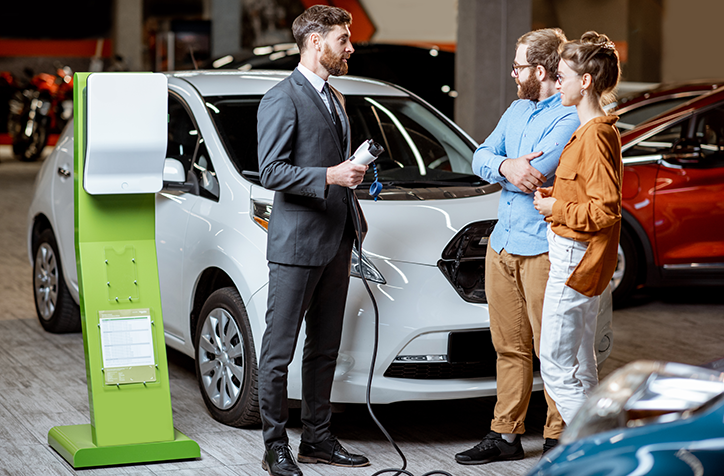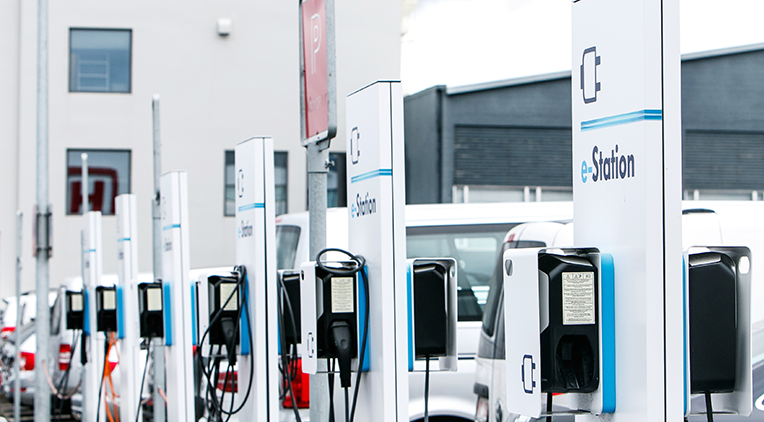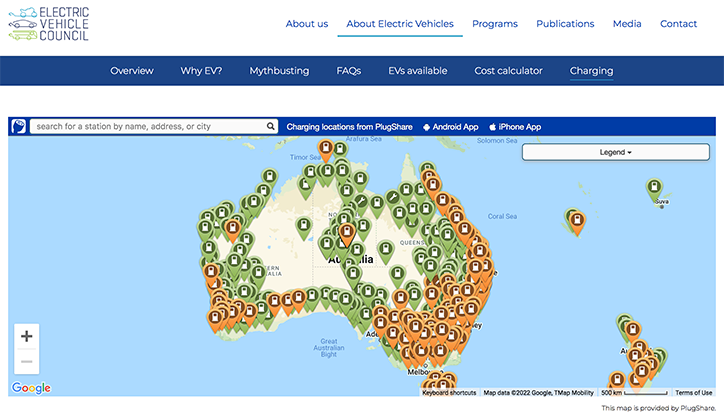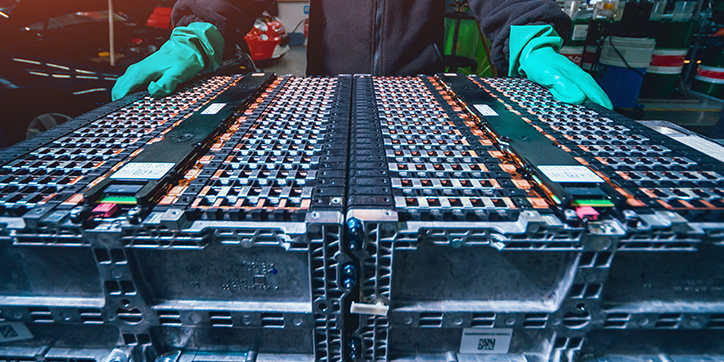Long-awaited support from the government to progress electric vehicles (EVs) has been welcome news across Australia recently. Sales of EVs have tripled in the last year and the Electric Vehicle Council public survey reported that over half of respondents now say they would consider an EV as their next car.
However, while those general sales figures mark a significant increase, they still only represent a relatively small number of individual sales, particularly compared to much of the rest of the world market. Also, while public opinion is certainly shifting, and most of us are happy to hear about any advance of ‘clean’ transport, drivers still have some significant practical reservations about purchasing themselves an EV.
The main concerns proving to be a barrier to committing to an EV remain costs and charging. Specifically, the cost of purchasing an EV, the distance it can travel and the availability and convenience of charging points.
With some states already setting goals for all new cars to be zero-emission by 2030, EV cost and charging issues are finally a high priority for the industry and indeed the country. While we can’t subsidise your next car purchase, or install you a free, mobile, charging point, we can at least give you a realistic, current overview of these issues and point you to the best advice on the web…
The simple fact is, EVs are still significantly more expensive than their traditional-fuelled counterparts. Although there is talk of lower-cost models on the way, the cheapest four-door EV available in Australia today is still more than double its petrol-fuelled equivalent. Rego fees and charging costs may be considerably lower for some EV owners, depending on where they live, but the huge initial pay-out is still an understandable barrier to the majority of buyers.
Our federal government’s strategy is tackling the cost and practicality of owning EVs from a very different angle to other nations. While sadly we can’t point you in the direction of a national scrappage scheme to subsidise an EV purchase, there is good news for the long term – Mr Morrison has been quoted saying: “We will not be forcing Australians out of the car they want to drive or penalising those who can least afford it through bans or taxes. Instead, the strategy will work to drive down the cost of low and zero-emission vehicles and enhance consumer choice.”
We are all hoping the government’s plan works and that we’ll see the EV cost-gap decrease over the next few years, but until then, if you are keen to move over to an EV, there is some help that could make your switch more affordable. There are actually a huge number of small incentives, subsidies and rebates that are now available from regional governments. We found this great webpage that breaks down the figures by region.

You may also find lease options that are far more competitive in comparison to purchasing an EV. We were impressed with the flexible calculator options at LeasePlan, and the service offered by AGL, but there are plenty of other options from a growing number of leasing companies keen to satisfy the growing demand for greener transport.
If waiting feels like your only option for now, don’t be too disheartened. There’s a wide range of hybrid vehicles that may just be the perfect stepping stone to you owning a full EV. There will also be a growing market of second-hand EVs as time goes on, as well as more competitive pricing for new models as other manufacturers throw their hat/wheel into the ring!
We’re not going to argue that there’s a lot of work still to be done on the infrastructure supporting the use of EVs. Charging has suffered issues related to location, access and payment, and progress is slow. However, the good news is that things are improving all the time and there is plenty of advice out there – Cars Guide and Choice have written great articles on charging issues and how to deal with them!
In other good news, the federal government has announced it will partner with the private sector to fund 50,000 charging stations in Australian homes, in a bid to encourage more people to buy EVs.

There are several websites showing charging points in Australia, but most of them use the same map generated by PlugShare.com. We like the webpage on the Electric Vehicle Council’s website, which also gives information on all of the charging infrastructure providers working across the country.

Those who can afford to purchase a new EV, and may even be happy with the availability and ease of charging, still have concerns over the range current models can offer and the whole life of the battery.
The reason charging availability has proved to be such a significant issue is down to the physical distance one full charge can take you, otherwise known as an EV’s ‘range’. While there is still work to be done, these figures have improved massively over the relatively short time EVs have been available. The Tesla S is said to be able to travel over 640 km on a single charge – impressive by any standard! Of course the average EV figure is much lower, but now stands at a decent 300 km, which also takes into consideration real life factors such as heavy loads, changing speeds, hilly terrain and bad weather, which manufacturers’ advertised range figures don’t.
If and when you choose an EV, be sure to look into the real life range mileage figure and ensure it will suit the journeys you will be doing most frequently.
Every type of battery degrades over time. But rather than worrying your EV is going to mimic your mobile phone, you can be assured that, as long as they are treated correctly, most modern lithium-ion units are likely to last the lifetime of the car.
When EVs first entered the mass market many manufacturers specified an 8 year battery warranty, however, data so far has shown the majority of these batteries are outperforming that prediction. Manufacturers keen to offer extra reassurance to customers are now offering extended warranties on their EV batteries from between 160,000 to 240,000 km. Most also include a maximum allowable capacity; so if their function drops below 70 or 75% during the period of the warranty, you’ll receive an automatic replacement.
There are a few simple things you can do to look after battery life, such as avoiding charging beyond 80% or below 20%, which some EVs manage automatically, avoiding frequent rapid-charging and in general keeping your battery cool (not always simple in our climate!). As well as assuring information on EV battery tech, All Electric Vehicles and Car Sales both offer some great advice on how to look after your EV battery, from how you charge it to how you drive.

At CarTakeBack, we’re already several years into our global work related to EV end-of-life processing and here in Australia we continue to advise dismantlers on how to safely handle EV batteries. This means, today, we can provide a safe and effective EV recycling service to Australia.




